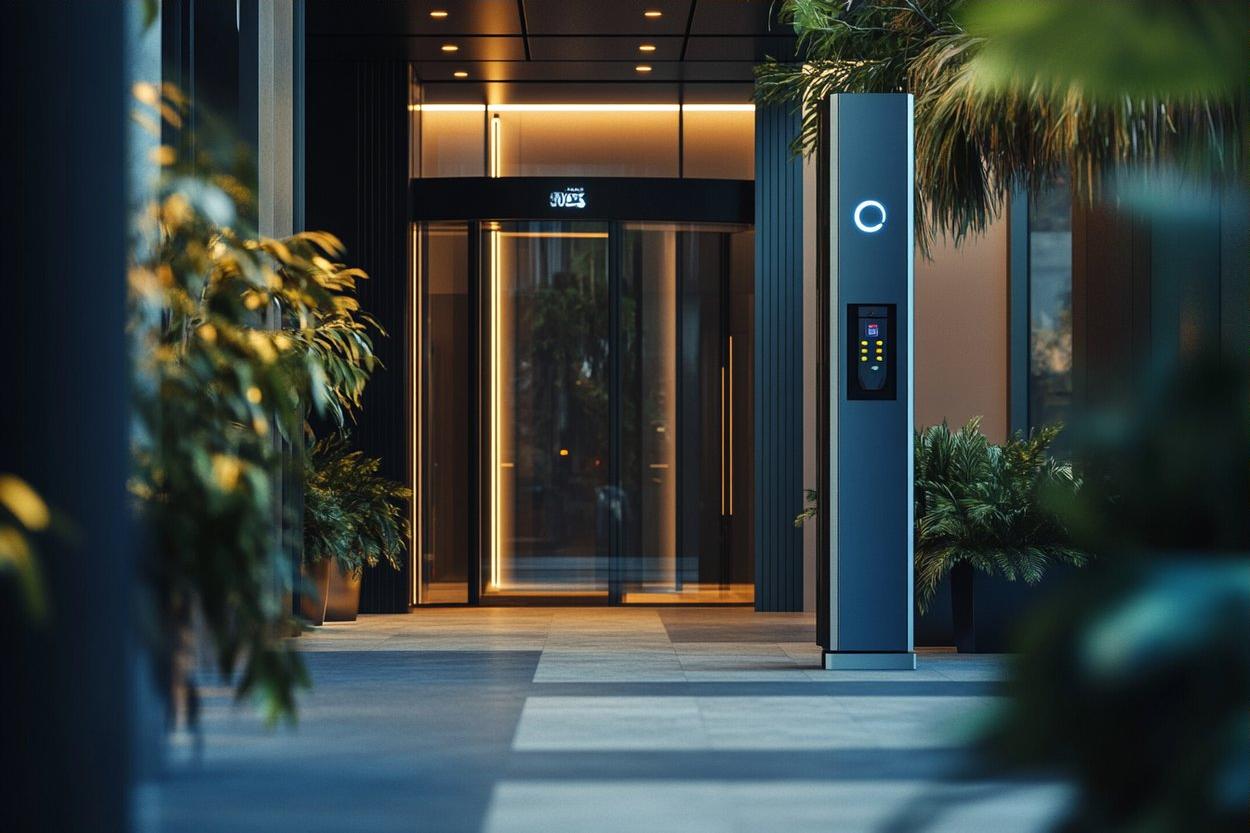Sustainable Alternatives: Materials Behind Real-Look Greenery
Synthetic greenery has progressed from basic plastic imitations to thoughtfully engineered materials that aim to balance realistic appearance with environmental and functional considerations. This article outlines the materials used to achieve lifelike foliage, their sustainability implications, and how to select pieces for interior decor, outdoor displays, office spaces, and event styling.

Artificial greenery now combines polymers, textiles, coatings, and recycled inputs to recreate the look and feel of living plants. Choosing the right materials determines realism, durability, maintenance needs, and environmental impact. This article explains common material types and trade-offs, helping designers, buyers, and facility managers select foliage appropriate for interior decor, outdoor installations, office displays, and events without relying on repeated replacement.
What materials create realistic foliage?
Polyethylene (PE) and PVC remain common for leaves and structural elements because they can be molded to capture fine venation and edge detail. PE lends a natural translucence and can be produced with matte finishes that resemble live foliage. Polyester and silk-like fabrics are often used for delicate petals and soft foliage, offering realistic drape and movement. Thermoplastic elastomers provide flexible, durable stems, while metal cores or wire allow shaping and stability. High-resolution digital printing and layered painting add variegation and subtle color shifts that enhance realism.
How do materials affect realism and greenery?
Surface texture, translucence, and leaf thickness are key determinants of perceived realism. Matte-coated polymers reduce the artificial shine typical of early synthetic plants, while textured molds reproduce tiny imperfections and midrib structure. Fabrics can simulate fuzz, thin leaf membranes, or fine fringing that reads as lifelike in close view. Combining rigid veins with soft blades produces layered movement and shadowing that enhances depth. Lighting also interacts with material choices: some polymers transmit a little light, creating a believable internal glow in backlit displays.
Which materials support sustainability?
Sustainable options focus on reducing virgin plastic use and extending product life. Recycled polyethylene and reclaimed polyester reuse existing material streams, lowering new resin demand. Designs that allow disassembly and part replacement extend service life and simplify end-of-life recycling. Biobased polymers and natural-fiber backings are emerging but can present durability trade-offs, especially outdoors. Avoiding toxic additives and choosing long-lasting components reduces the environmental cost associated with frequent replacement and disposal.
How does durability vary for indoor and outdoor use?
Outdoor conditions require UV-stabilized polymers, weather-resistant pigments, and corrosion-resistant hardware to withstand sun, moisture, and wind. UV-treated PE resists fading and embrittlement, while untreated fabrics often degrade quickly under sunlight. Indoor uses—interior decor, office partitions, or event backdrops—allow for finer textiles and finishes because exposure is limited and maintenance is easier. Assess placement factors like direct sun, coastal salt air, or high-contact areas when selecting materials to ensure expected longevity and performance.
What maintenance is needed for long-lasting pieces?
Maintenance demands depend on material and finish. Smooth PE and coated plastics clean easily with mild soap and water; fabrics may require gentle vacuuming or spot cleaning. Textured leaves trap dust and benefit from periodic deep cleaning to maintain appearance. Outdoor installations may need seasonal washing and occasional re-coating with UV protectants to restore color and resilience. Selecting stain-resistant finishes, modular components, and replaceable stems reduces ongoing maintenance time for offices, retail displays, and event inventories.
How to use materials for office, events, and styling?
For offices, choose low-maintenance materials with matte finishes and realistic scale—PE leaves on flexible stems often perform well for planters and green walls that require consistent appearance. Events demand lightweight components that travel and install easily; hollow-backed polymers and fabric blends meet those needs for backdrops and temporary installations. Outdoor event gardens and permanent landscape features require weather-rated polymers and stainless hardware. Mixing material textures and incorporating live elements or natural props creates layered compositions that photograph well and remain visually interesting across settings.
Material selection shapes how convincingly synthetic greenery reads and how sustainable and durable it will be in practice. By evaluating polymers, textiles, coatings, and recycled inputs against the installation environment—interior decor, outdoor use, office displays, or events—designers and buyers can balance realism with maintenance and life-cycle considerations. Choosing components designed for longevity and repair reduces replacement frequency and supports both aesthetic goals and environmental responsibility.






